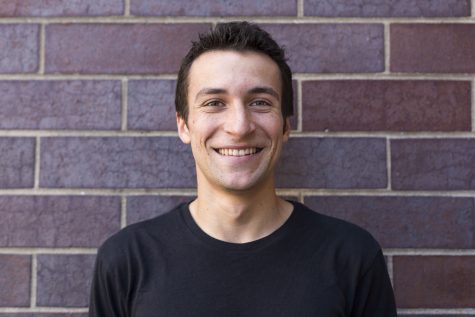De Blasio confronts city housing shortage
Mayor Bill de Blasio has announced housing plans.
February 3, 2015
The homeless population in New York City has reached a record high of 59,068, according to the New York Daily News, which marks a 10 percent increase in the homeless population since Mayor Bill de Blasio took office at the beginning of 2014.
Of the homeless population, roughly 25,000 are children, the Coalition for the Homeless reported in their end-of-year breakdown. The numbers have continued to increase at a steady pace despite the de Blasio administration’s funding of preventative programs and opening 20 new homeless shelters around the city.
In his State of the City address on Tuesday, de Blasio focused on his new five-borough, 10-year housing plan. The plan involves creating more affordable housing in New York City to combat the housing crisis, as well as providing more accessible housing for the homeless.
“This administration is taking a fundamentally different approach — one that not only recognizes the need for more affordable housing, but demands it,” de Blasio said.
De Blasio’s plan for addressing the rising homeless population focuses on assisting homeless individuals and families, expanding supportive housing, improving housing options for seniors and ensuring accessible housing for individuals with disabilities.
“Nothing more expresses the inequality gap, the opportunity gap, than the soaring cost of housing,” de Blasio said. “New York risks taking on the qualities of a gated community, a place defined by exclusivity rather than opportunity.”
Steinhardt sophomore Grace Pozniak said the current situation is heartbreaking, and added that an important step would be to provide a wider range of programs for people trying to get back on their feet.
“I think that de Blasio’s agenda to create more low-income housing may help the situation,” Pozniak said. “The cycle of poverty is a debilitating beast, and I think providing housing could help with that, but better job training and better education and better after-school programs could help more.”
Steinhardt senior Adam Cortez, the community service chair of the Applied Psychology Undergraduate Club, agreed with Pozniak’s sentiments and said more needs to be done to solve the problem.
“We need to be addressing the rise of persons who are homeless by seeing how we can provide them with the necessary resources to excel, not just survive,” Cortez said. “How can we expect a person who is hurting and in need of help to completely turn around their lives by eating a leftover sandwich and being able to sleep under a roof during the rain and snow?”
A version of this article appeared in the Wednesday Jan. 4, print edition. E-mail Alex Bazeley at [email protected]




























































































































































